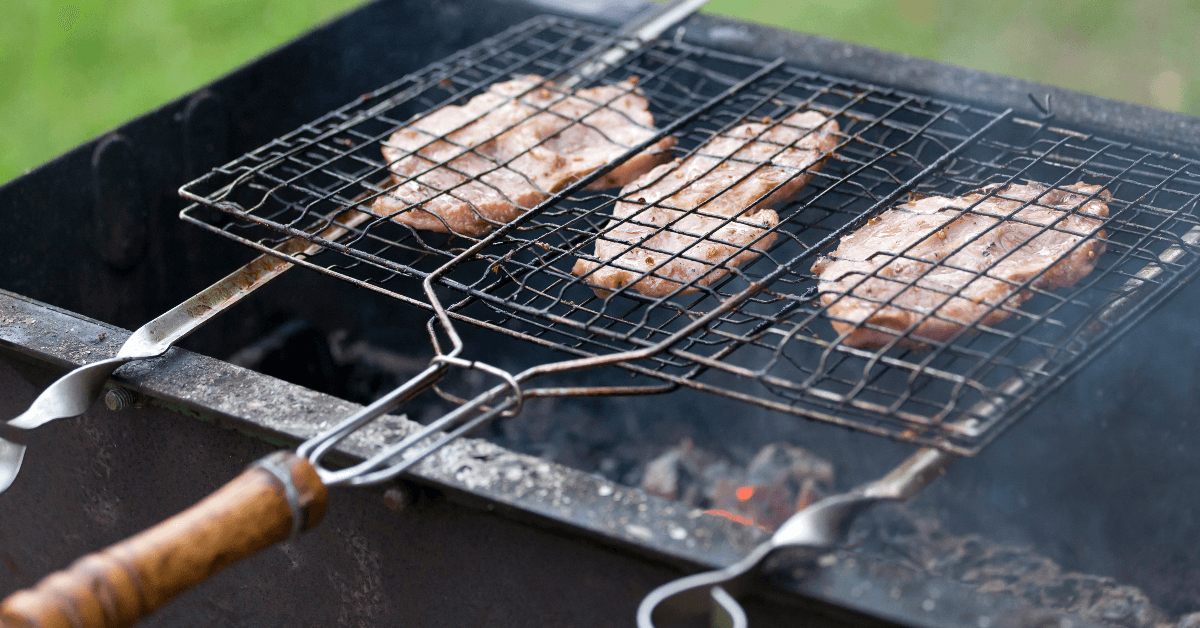Everyone has a different style of grilling, and there are plenty of different methods that yield different results. Charcoal grilling is adored by purists and chefs for its authentic smoky flavor, but charcoal grills also tend to be higher maintenance than their gas counterparts. Whether you’re a beginner or a grilling pro, here are the essential pros and cons of charcoal grilling.
Pros of Charcoal Grilling
- Charcoal grilling offers a distinct smoky flavor.
Food prepared on a charcoal grill tends to have a smokier, woodsier flavor than food prepared on a propane or gas grill, making it a preferred technique for chefs who want to impart extra flavor into their creations.
- Charcoal grills are capable of higher temperatures and warm up faster.
Charcoal grills are capable of reaching up to 700 degrees Fahrenheit, making them perfect for tasks that require high heat such as searing meat or cooking items like pizza.
On top of that, charcoal grills tend to heat up much faster than gas or propane grills – they can heat up in as little as 10 minutes.
- Charcoal grills are affordable.
Compared to their gas-guzzling cousins, charcoal grills tend to be much more affordable to buy and maintain. The average price of using a charcoal grill is between $1.50 and $3.50 per session, while gas grills tend to run for roughly $1.20 per hour of use.
Cons of Charcoal Grilling
- Charcoal grills cool down more quickly than gas grills.
After roughly thirty to forty-five minutes, a charcoal grill will usually reach its peak temperature and start to slowly cool down. In order to heat it up again, you need to add more charcoal and wait 10-15 minutes for the grill to heat up again. You can manage this by using briquettes, which tend to burn more consistently for a longer period.
- Charcoal can burn unevenly.
Due to the uneven nature of standard charcoal, charcoal grills tend to heat up unevenly. This can cause problems if you’re cooking a lot of food at the same time or simply want an even cooking surface for sensitive items such as chicken.
Fortunately, this problem can also be remedied by using charcoal briquettes, which tend to be more uniform in shape and size.
- It’s hard to control the temperature of a charcoal grill.
Because charcoal grills rely on uneven fuel that you add manually, it can be difficult to manage the temperature of their cooking surfaces. This can be problematic for items that require lower heat or are susceptible to drying out or burning, like vegetables or chicken.
- Charcoal grills are messy.
Charcoal grilling involves a great deal of dirt, especially when you’re adding or removing charcoal. Burning charcoal leaves ash and soot on the inside and outside of your grill, and you’ll have to clean it much more than you would clean a gas or propane grill.
An Easy Guide to Charcoal Grill Cleaning
- Ensure you have a grill brush, bristle brush, and foil.
- Remove the grill grate and use a grill brush to clean it. The same applies to the charcoal grate if you have a kettle charcoal grill.
- Use aluminum foil to scrub off any left debris on the grate.
- Wipe the bottom of the grill and empty the ash catcher if applicable. With a bristle brush, scrape off carbon flakes or grease. You may identify them as peeling black stuff. For a kettle grill, you can wipe off the outer part of the lid and grill with soapy water.
- Put all the grill parts together and get ready to grill!

